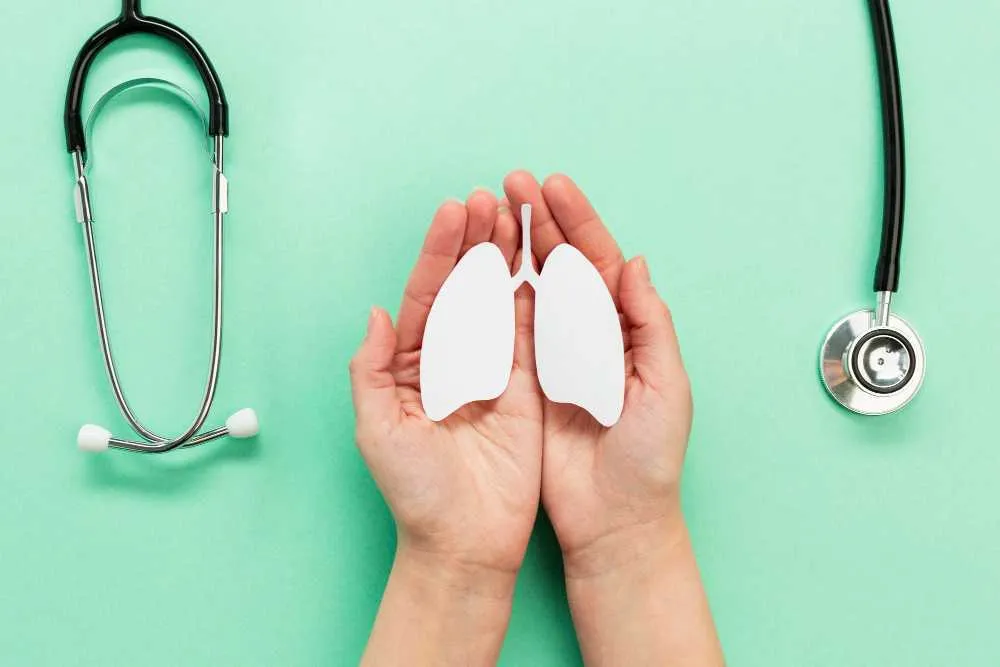Lung Cancer: Signs, Stages, Treatment
Lung Cancer: Signs, Stages, Treatment

For the past two decades, lung cancer was the most common type of cancer in the world. Last year, it slid to second place (with breast cancer taking the top spot). Despite it only being in second place now, there were still 2,206,771 new patients diagnosed with lung cancer in 2020. This equates to 11.4% of all new cancer cases.
If we take a closer look, lung cancer tallies the biggest incidence rate (59.6%) in Asia as compared to other parts of the globe. In the Philippines alone, there were a total of 19,180 new lung cancer cases recorded in 2020. These new cases accounted for 12.5% of all the new cancer cases of 2020.
While lung cancer can affect both men and women, lung cancer in men is more prevalent. It is the leading type of cancer in Filipino men, clocking in 13,406 cases last year (vs. 5,774 new cases in women).
Lung cancer is also deadliest form of cancer. Last year, 18.4 percent of cancer-related deaths in the Philippines were lung cancer.
More about lung cancer
While lung cancer begins and affects primarily the lungs, it can spread through the bloodstream and take root in other parts (metastasize) such as the brain, bones, liver, throat, and more.
What are the early signs of lung cancer?
Lung cancer is typically recognized by symptoms such as chronic coughing, chest pain, hoarseness or wheezing, shortness of breath, coughing blood, unexplained weight loss, and poor appetite. There are, however, cases in which patients have reported not experiencing any symptoms until the later stages of lung cancer.
What are the stages of lung cancer?
Stage 1: The cancer can be found only in 1 lung and has not yet spread to the bloodstream or the lymph nodes.
Stage 2: The cancer is in the lung and has made its way to neighboring lymph nodes.
Stage 3: The cancer has spread from the lung to the lymph nodes and the middle of the chest.
Stage 4: The cancer has metastasized to both lungs, the fluid area surrounding the lungs, and/or different parts of the body.
Lung cancer treatment options
According to the Philippine Cancer Society, the most common forms of treatment for lung cancer are:
• Surgery (to remove the tumor and any affected lymph nodes)
• Radiation therapy
• Chemotherapy
Both radiation therapy and chemotherapy require multiple treatments, with patients having to go through multiple cycles before the cancer can be controlled.
How can you prevent lung cancer
The best way to prevent lung cancer is by never smoking or using tobacco products. If you are a smoker, it is best to quit right away.
At the first sign of any lung-related trouble, it’s best to consult with your physician right away. When it comes with cancer, time is of the essence, so early detection is key in beating it.
Have regular check-ups without worrying about the fees or cost of potential treatments with a health insurance plan. Talk to one of our Financial Advisors today to see how InLife can protect you.







